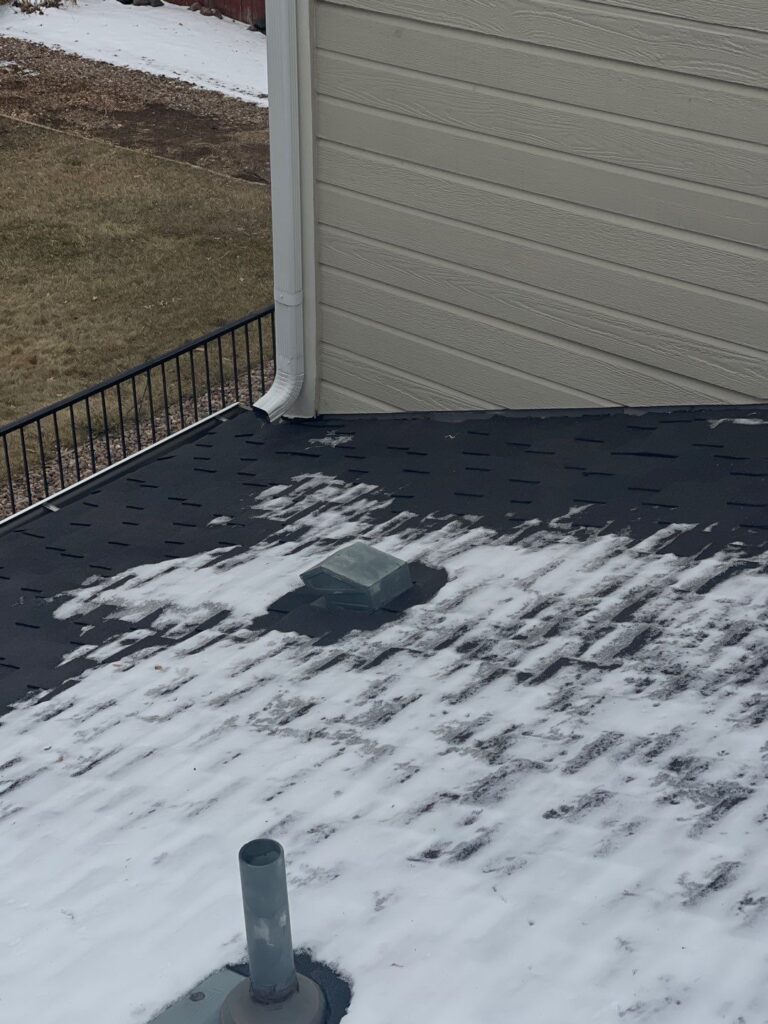Winter in Denver brings picturesque snowfalls but also the challenge of ice dams on your roof. These ridges of ice form at the edge of a roof and prevent melting snow from draining off. Without proper removal, ice dams can cause significant damage to your roof, gutters, and home’s interior. Tried and True Roofing, a leading roofing company in Denver, shares expert advice on safely removing ice dams, and ensuring your home stays protected throughout the winter season.
Understanding Ice Dams and Their Impact
Ice dams occur when heat from inside your home causes snow on the roof to melt. The water flows down the roof surface until it reaches the cold edge and refreezes, forming a dam. This cycle can lead to water backing up under the shingles, causing leaks and damage to the roof, insulation, and interior ceilings.
Safe Removal Techniques
1. Heated Cables
Before winter sets in, consider installing heated cables along the roof’s edge. These cables create channels for the melting snow to drain off, preventing the formation of ice dams. It’s a proactive measure that can save you from the hassle of dealing with ice dams during the coldest months.
2. Calcium Chloride Ice Melter
For an immediate solution to an existing ice dam, applying calcium chloride ice melter can help. Avoid rock salt or sodium chloride, as these can damage your roof. Fill a nylon stocking with calcium chloride, lay it across the ice dam, and let it melt through, creating a channel for water to escape. Remember, safety first: avoid climbing on a snowy roof.
3. Roof Rake
Using a roof rake from the ground, gently remove snow from the roof to prevent further ice dam formation. Be careful not to damage your roof shingles. This method is most effective when done regularly throughout the winter months.
4. Professional Steam Removal
For the safest and most effective removal, consider hiring professionals like Tried and True Roofing. Our team uses steam to gently melt away the ice dams, ensuring no damage to your roof. This method is particularly recommended for extensive ice dam issues.
5. Proper Insulation and Ventilation
Preventing ice dams starts with a well-insulated and ventilated attic. Ensure your attic floor is properly insulated to minimize the amount of heat rising to the roof. Adequate ventilation allows cold air to circulate under the roof, keeping it uniformly cold and preventing snow melt in the first place.
Maintenance and Prevention
Regular maintenance is key to preventing ice dams. Tried and True Roofing recommends:
- Inspecting and Cleaning Gutters: Ensure your gutters are clear of leaves and debris to allow melting snow to flow freely.
- Improving Attic Insulation: Upgrade your attic insulation to keep heat inside your home and off your roof.
- Enhancing Ventilation: Check that your attic is properly ventilated to maintain a cold roof temperature.
Conclusion
Ice dams can pose a significant risk to your home, but with the right knowledge and tools, they can be safely removed and prevented. Tried and True Roofing is committed to helping homeowners in Denver protect their homes from the challenges of winter weather. By following these expert tips, you can ensure your roof remains safe and secure throughout the snowy season.


